From the ocean to the mountains
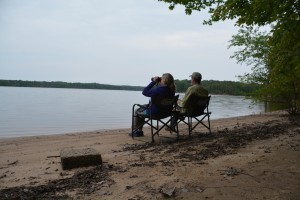
Enjoying our traditional cocktail hour on our private little beach on Jordan Lake in central North Carolina
The sun was shining bright on North Carolina. We had risen above the swampy wetlands on the secondary roads, passing through more beautiful rural countryside, well-kept homes of all sizes, expansive mowed lawns with no fences between neighbours, churches of all (and no) denominations on virtually every corner and fields of healthy grain and corn all around us. We had enjoyed South Carolina but could their northern neighbour jump over that high bar?
It seemed perhaps they could. We made our way to the Outer Banks, a string of barrier islands that protect most of North Carolina’s coastline. The islands of the Outer Banks are beautiful in their own right but they are also famous for having one of America’s first European settlements and the site where Orville and Wilbur Wright were successful with their new flying machine contraption.
At Cedar Island we caught the ferry for a two hour crossing to Ocracoke Island, the southern-most drivable island of the Outer Banks. From here we found a great little spot to camp amongst the sand dunes and wind swept trees in Cape Hatteras National Seashore, enjoying the sound of the Atlantic Ocean crashing on the long beach just over the dunes.
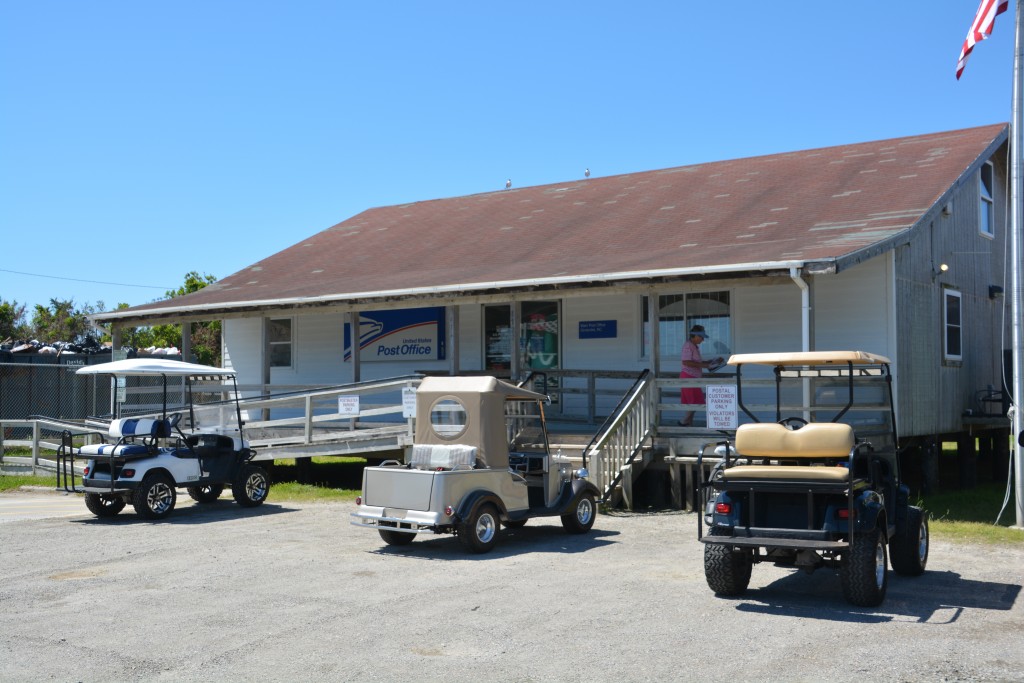
Everything slows down a little on the islands with golf carts being the main form of motorised transport
We explored the quiet little village of Ocracoke the next morning and then drove north along this fabulous string of islands. These islands were so narrow we stopped in a few places and climbed the grass covered dunes to see both the Atlantic Ocean on one side and the Pamlico Sound on the other. A ferry between two islands had to weave around the shallow sand bars like a series of giant S’s to complete a one hour trip that would have taken five minutes as the crow flies.
On Hatteras Island we visited the historic Cape Hatteras Lighthouse, built in 1870 it is the tallest brick lighthouse in North America and is memorable in lighthouse circles for its signature spiral-striped paint job. We camped at the base of more sand dunes at Oregon Inlet, only 75 miles from our day’s starting point, but the cold ocean wind picked up and we spent the night indoors, the first time for almost a month.
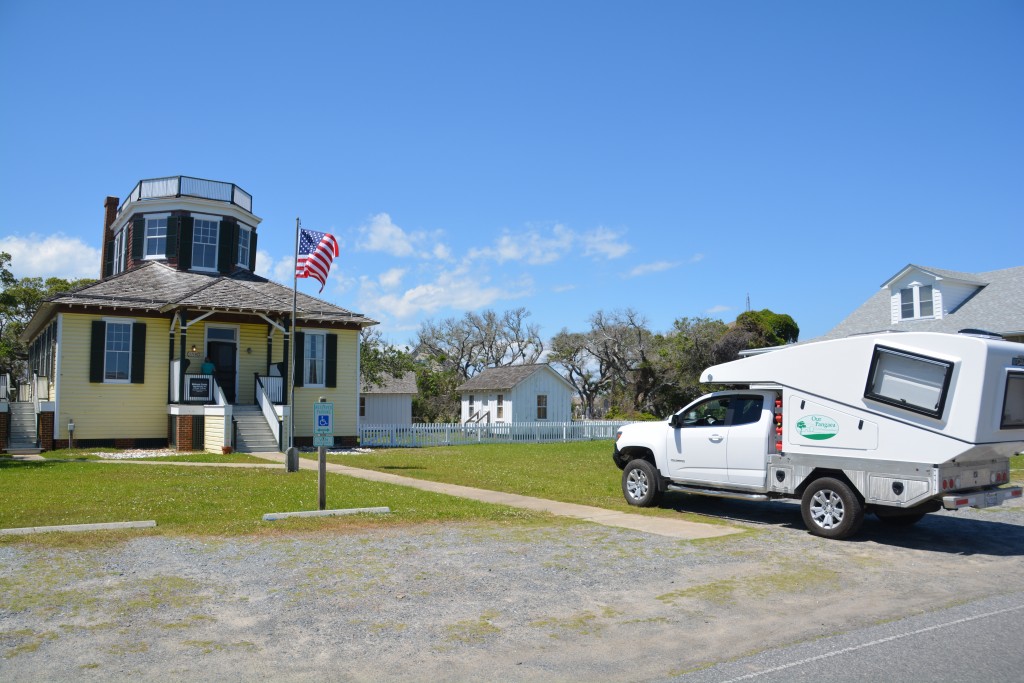
Tramp is parked in front of the old telegraph office that received the first distress signal from the Titanic – and ignored it because they thought it was a fake message
The northern end of the Outer Banks features a couple of fabulous historical sites and two more lighthouses. We visited the Brodie Island lighthouse and then moved on to an area south of the town of Kitty Hawk where Orville and Wilbur Wright made the first motorised flight. It was quite a buzz to stand on the spot where the plane took off, Orville laying on the bottom wing handling the controls, for its famous 12 second, 120 foot flight. Okay, not much on the first flight but they did it three more times that day, the last flight lasting 59 seconds and 850 feet. And the rest, as they say, is history.
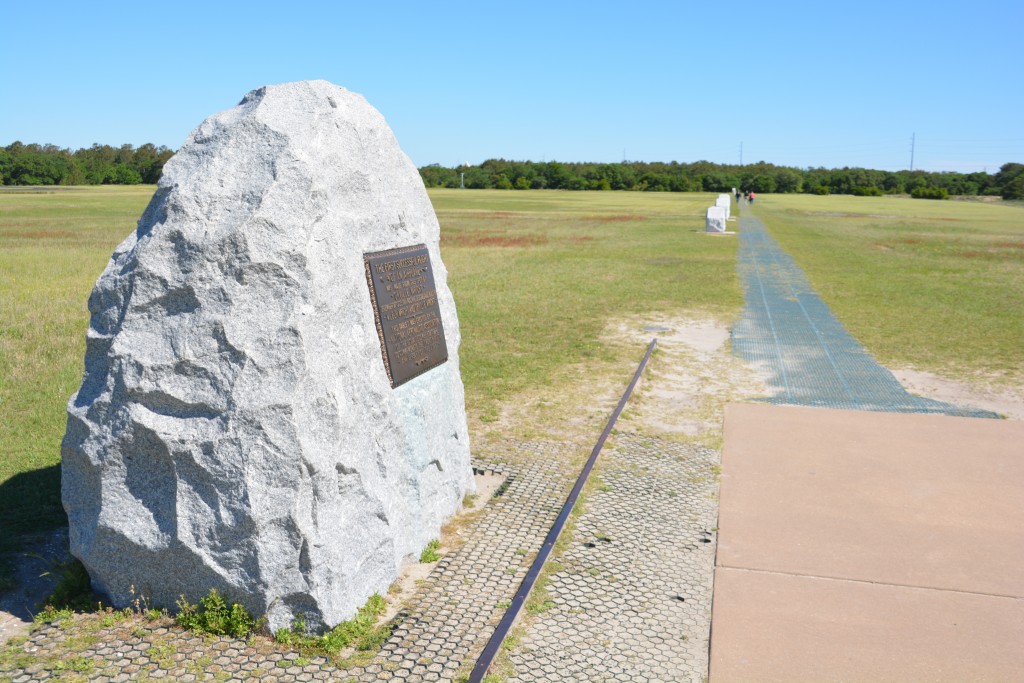
This stone marks the exact spot the first mechanised flight took to the air – and landed 120 feet later
Another beautiful bridge and we were on Roanoke Island, the site of an often forgotten piece of American history. It was on this island in the 1580’s that the British first tried to establish a permanent colony in the new world, partly to compete with the French and the Spanish who were racing ahead of them. The small group of settlers that were left behind with meagre supplies and an uncertain return supply ship eventually disappeared and there is currently no definitive knowledge about what happened to them. The Brits chose another place they called Plymouth to establish a colony and that town flourishes to this day. But the so-called ‘Lost Colony’ – well, who knows?
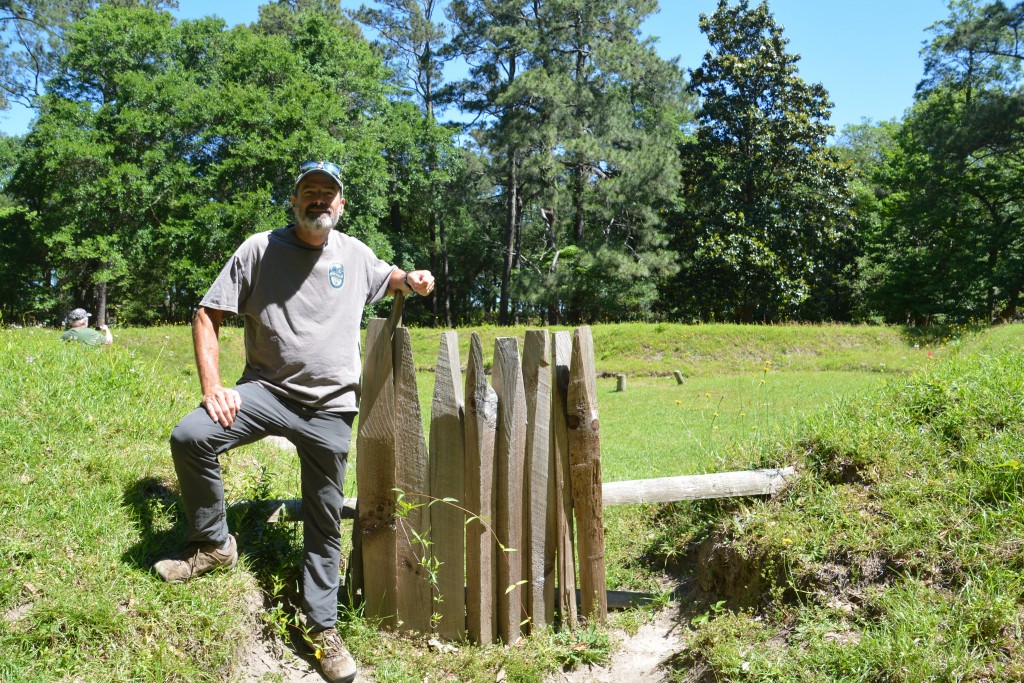
Standing in front of perhaps all that is left of the lost colony of Roanoke – Britain’s Sir Walter Raleigh was the sponsor of their first attempt at colonising the New World
We followed a southerly scenic route through more swamp, because you can never get too much swampland, and eventually popped out on a main road and camped at a beautiful state park at Jordan Lake near the state’s capital of Raleigh. We had a huge area to ourselves and enjoyed cocktail hour down on the little beach that lined parts of the lake’s shore. Great stuff.
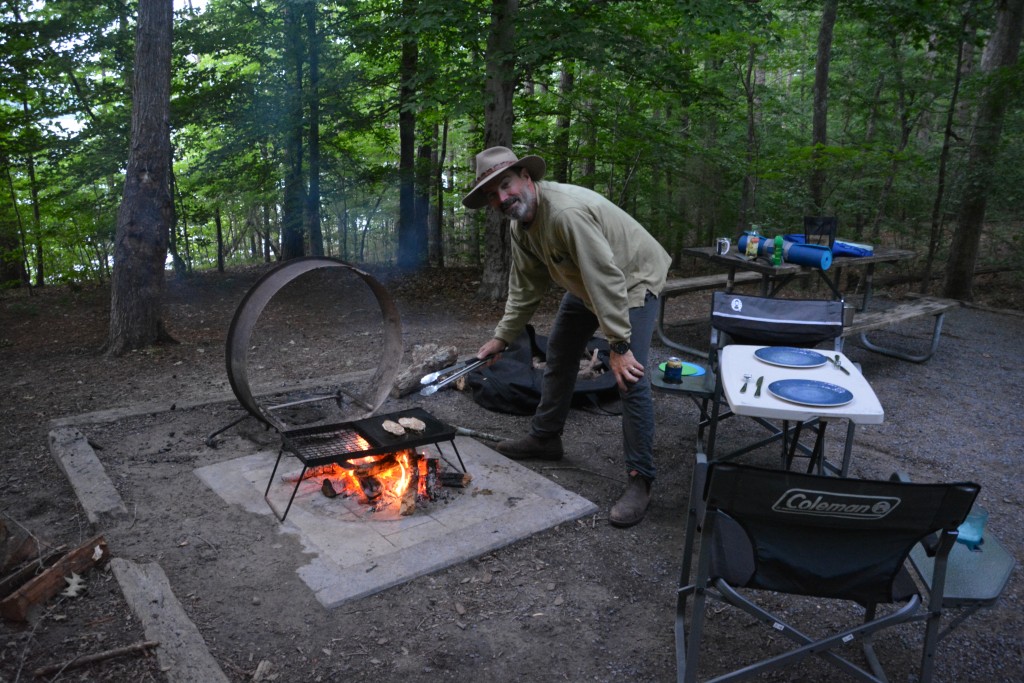
Cooking up some dinner at Lake Jordan in central North Carolina, a beautiful spot to spend the night
Our last major target of North Carolina was the Great Smokey Mountains National Park which straddles the border with Tennessee and is the most visited national park in all of America. To get there we spent another day driving west through beautiful rural countryside with well-tended homes and rolling fields of grain and corn until we started to rise up in the thickly forested foothills of the Appalachia Mountains and made it to the major town of Ashville.
We stopped briefly in Ashville, surrounded by rich green forested hills, to see its basilica and some of the downtown area before hightailing it to nearby Pisgah National Forest for another beautiful night camped amongst the great variety of pines, beach, maples and ash that cover this mountainous forest. After a month or more of the flat south with nothing but swamps, marsh, wetlands, some fields and, well, plain flat out flat, we were almost shaking with excitement over seeing beautiful green forested mountains.
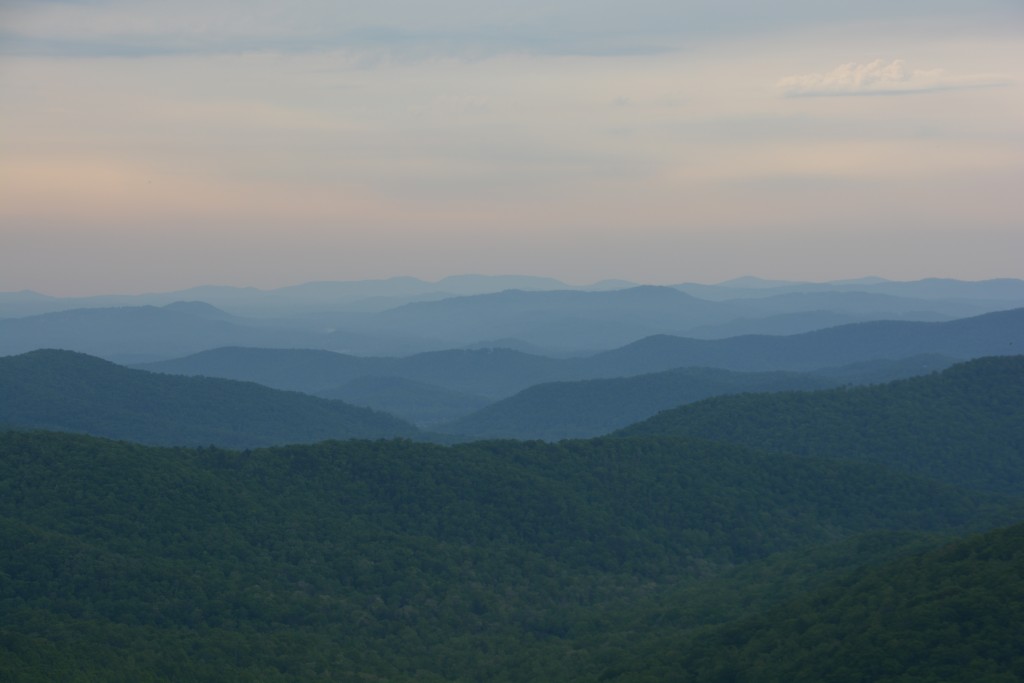
One of our first views from the Blue Ridge Parkway – beautiful green rolling mountains fading off into the distance
The next phase of our journey will be centred on the Appalachia Mountains and all the wonders that it has to offer. We are leaving long beaches, dark swamps and pesky mosquitos behind us and heading for the hills. Can’t wait!
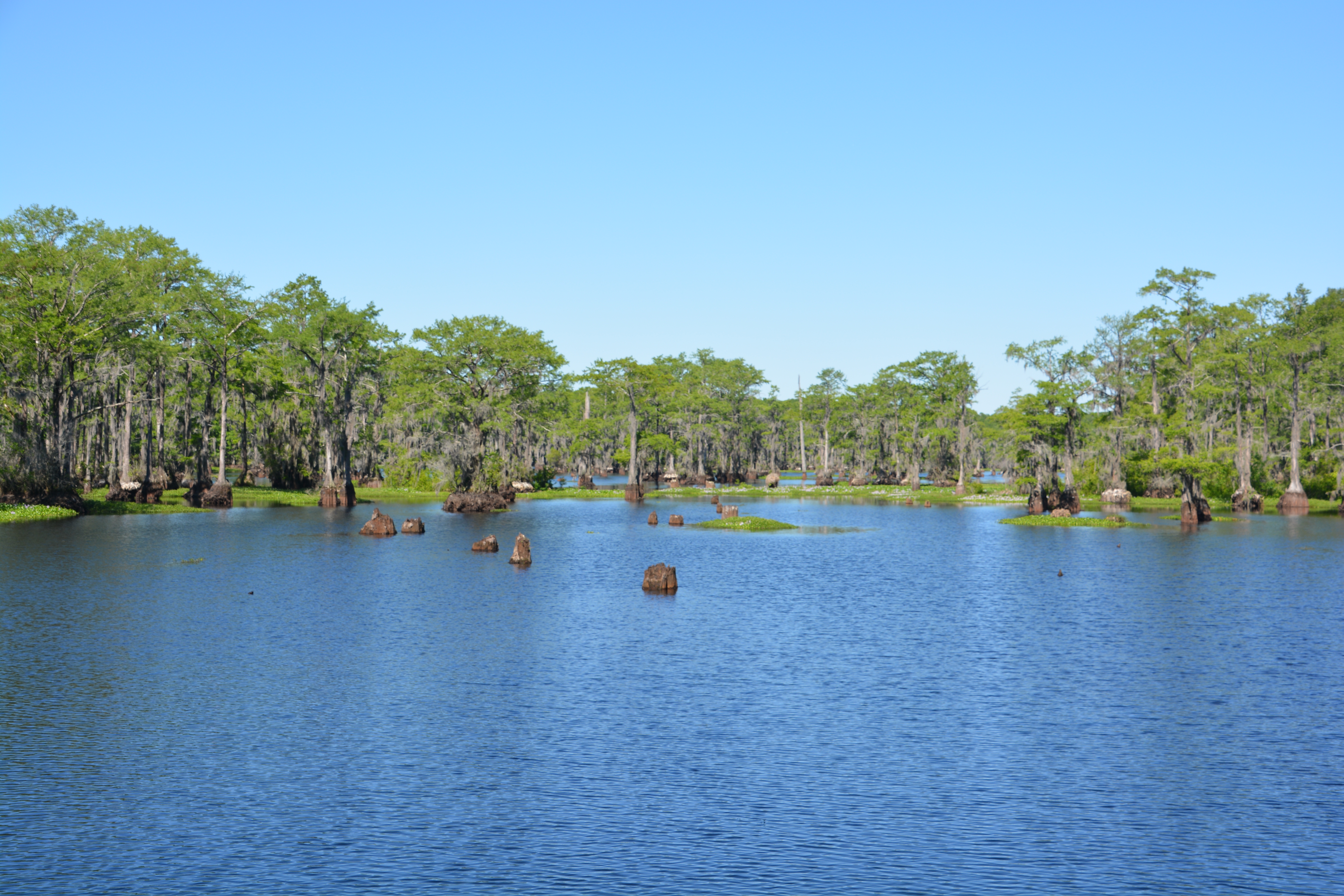
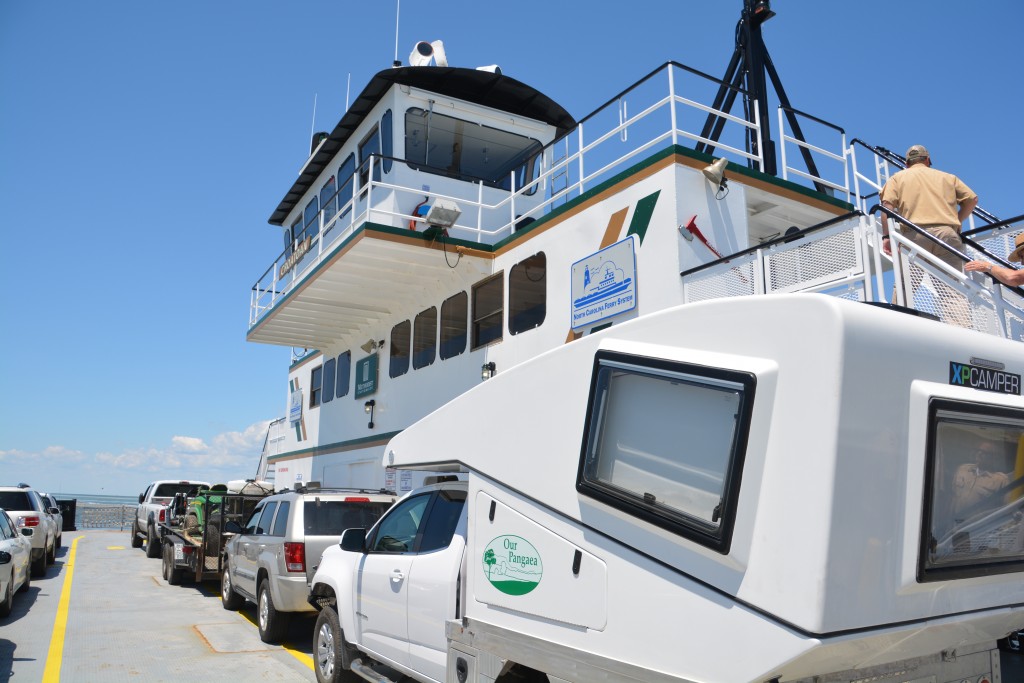
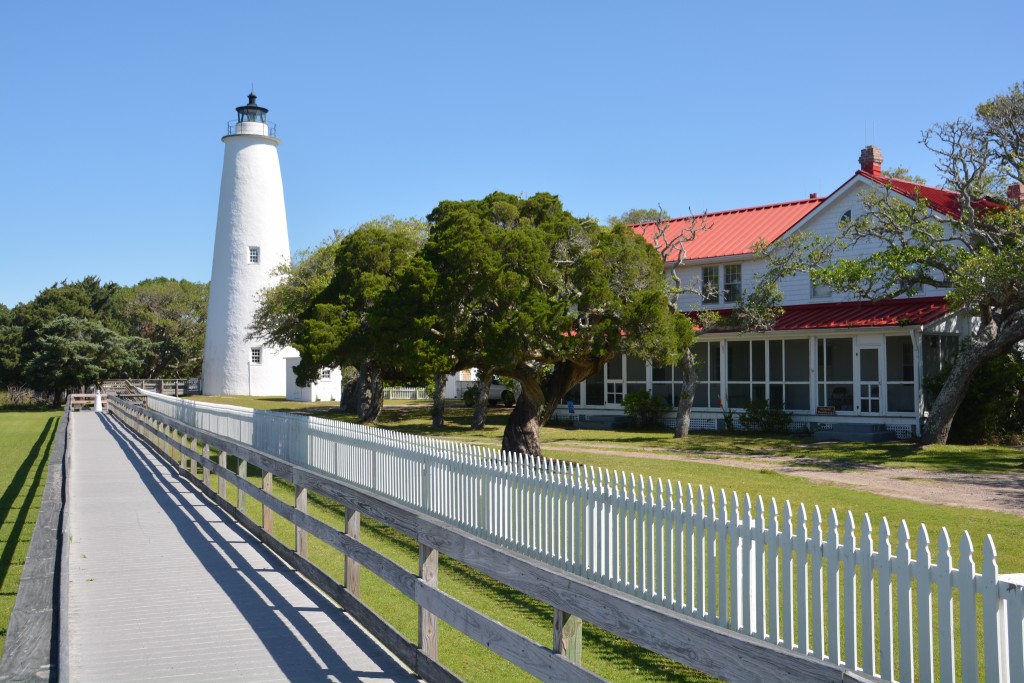
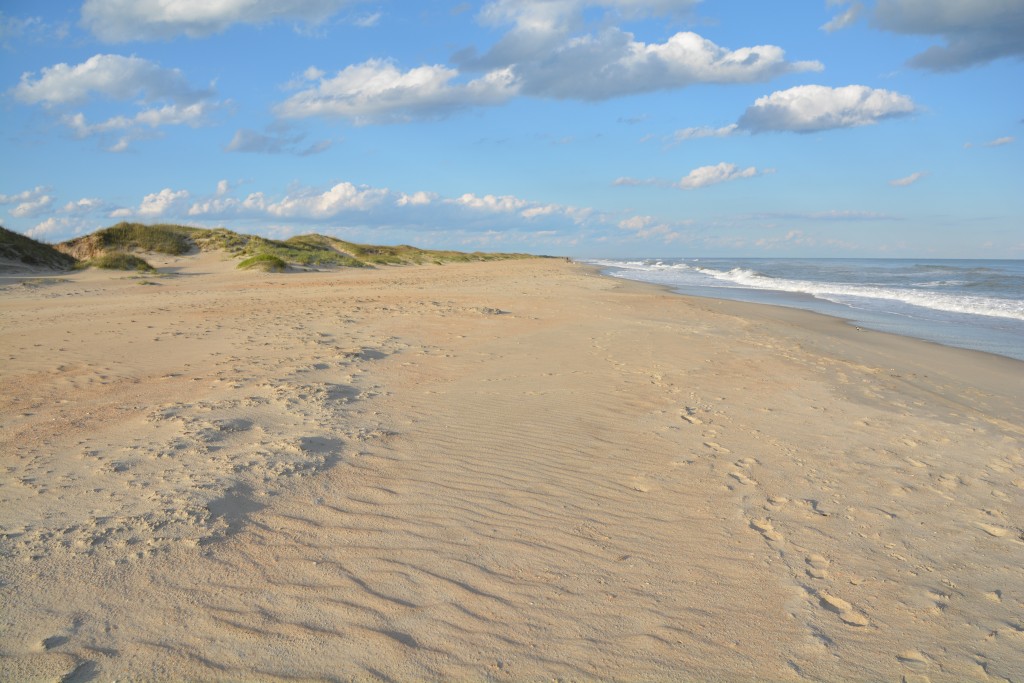
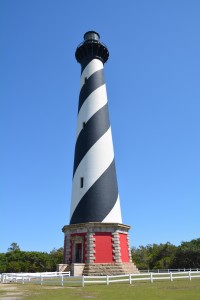
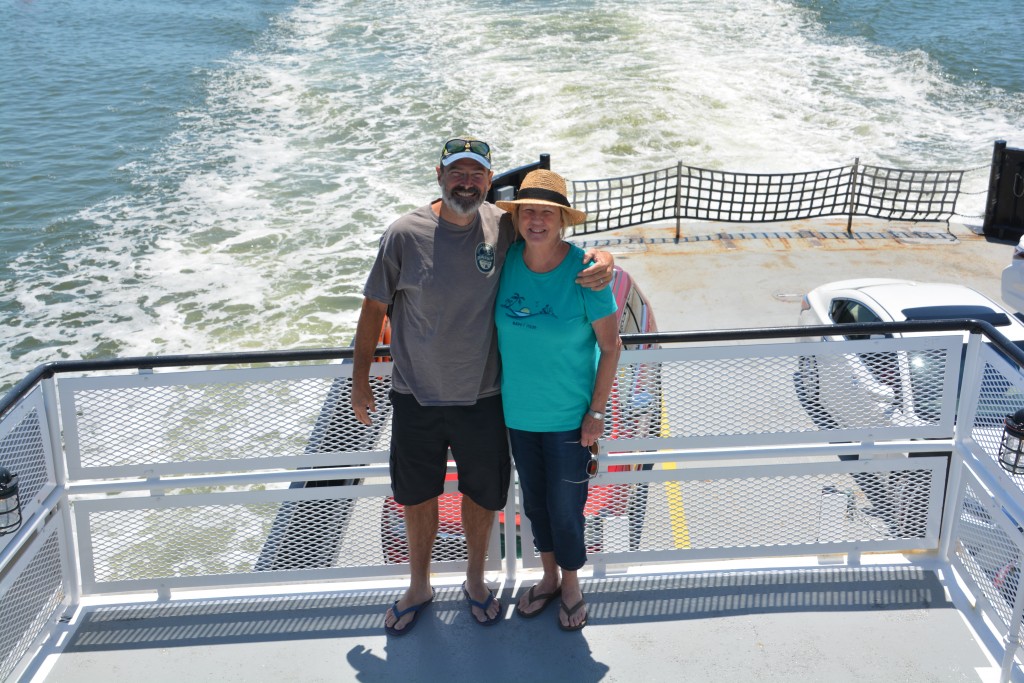
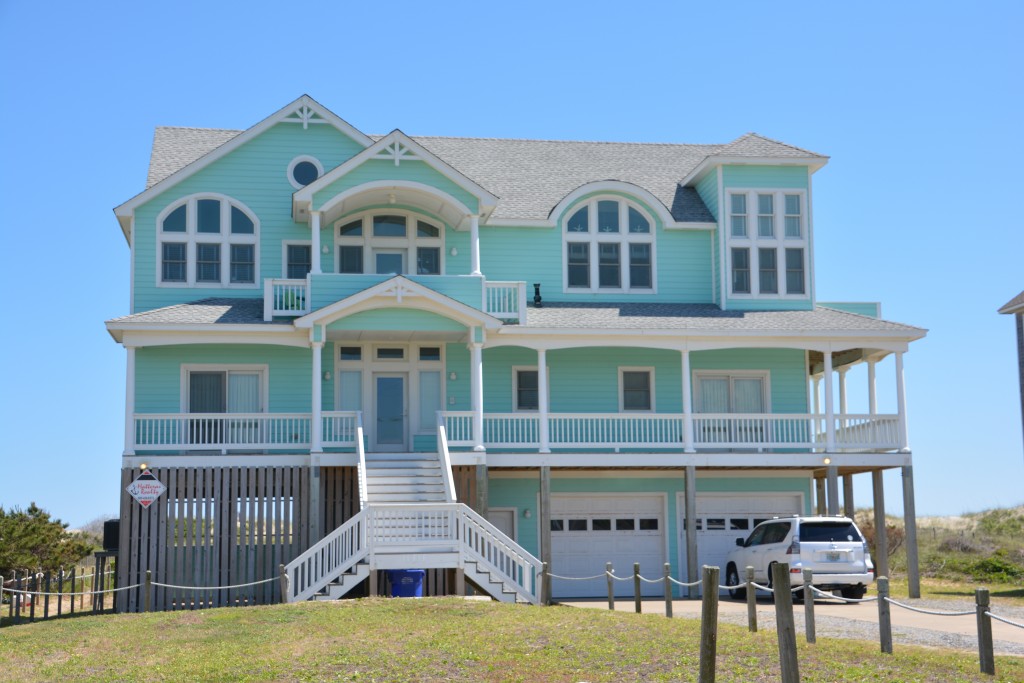
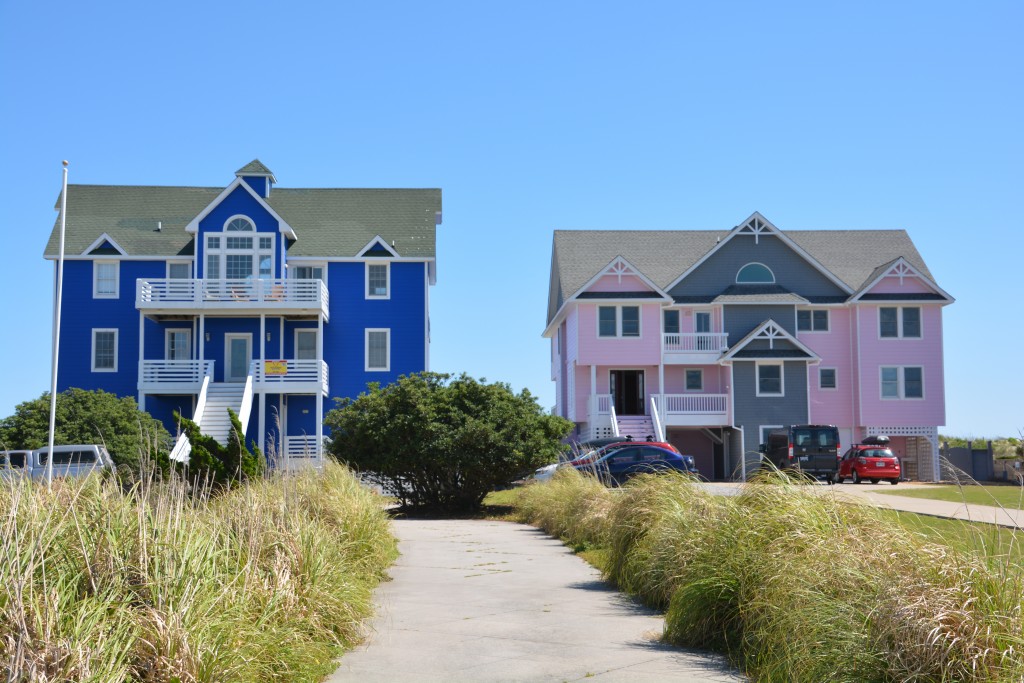

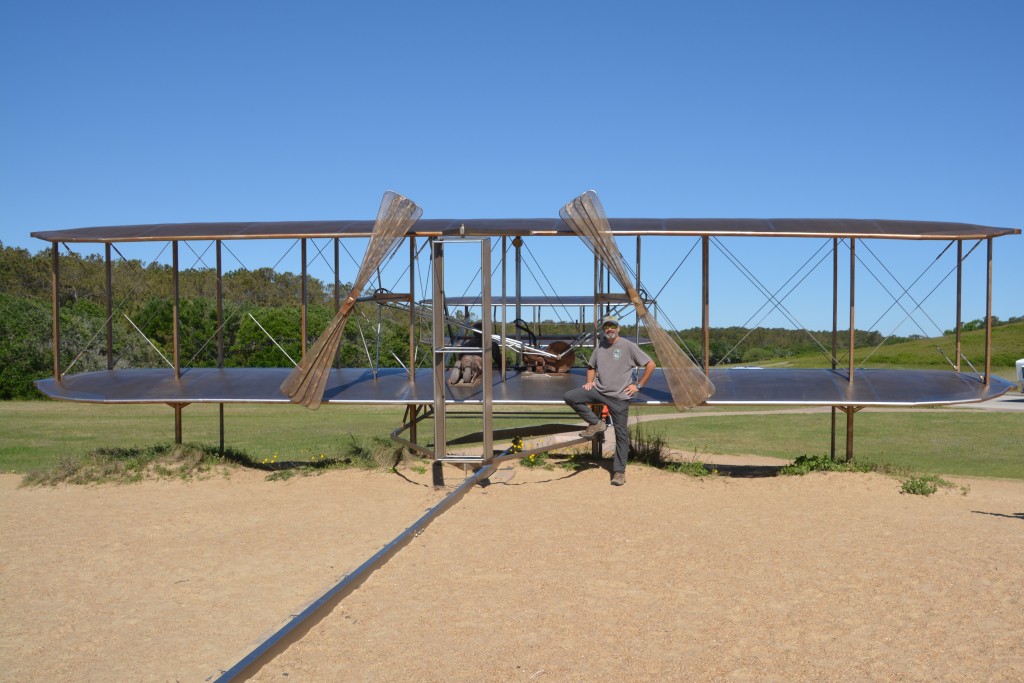
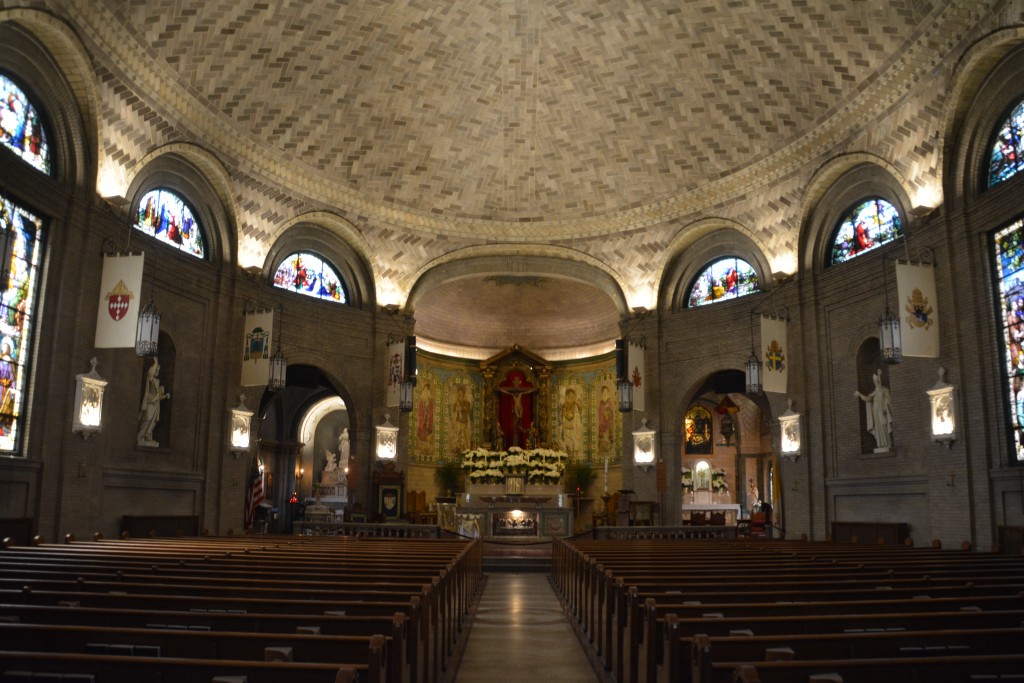
Your trip continues to be amazing. Cannot wait for the Appalachians .!
Hi Deb, thanks for that. The Appalachians were great – still in them actually.
Hope everyone is behaving back at home!
Bill